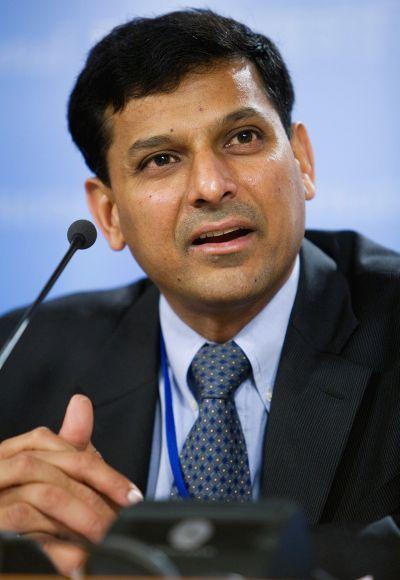
London: Global central banks are unlikely to take steps to make their currencies more competitive against the US dollar whose current weakness should prove to be temporary, a Reuters poll found.
The monthly survey of more than 60 foreign exchange analysts and economists showed the euro - which soared above USD 1.38 before shock low inflation data last week - will ease gradually over the next 12 months from here.
That view reflects expectations the US Federal Reserve will start cutting its monthly bond purchase stimulus early next year, probably by March.
After the Fed surprised markets by refraining from doing that this September, major global currencies have strengthened against the dollar. That has caused problems for export-reliant countries, both in Europe and emerging markets.
Still, 28 out of 35 analysts who answered an extra question said the dollar`s weakness would not push world central banks to ease policy to help regain a competitive edge against the greenback.
"(That`s) unlikely, because Fed tapering is inevitable and thus most emerging market currencies will be vulnerable over the medium term," said Barclays analyst Mike Keenan.
But the dollar probably won`t rally soon. The poll showed the dollar index relative to a basket of major currencies closing the year at 81, compared with 80.5 on Wednesday.
Into next year, that should change.
For one thing, the euro`s strength will gradually dissipate next year. That will be at least some relief for the European Central Bank, which meets on Thursday to set policy and is under pressure to act against very weak inflation and boost fragile growth.
The poll`s median outlook showed the euro - which was trading around USD 1.35 on Wednesday - holding around that level in a month`s time, before slipping to USD 1.33 in three months, USD 1.30 in six and USD 1.27 in a year from now.
"We expect a near-term euro appreciation against the dollar given the likely continued U.S. fiscal uncertainties, followed by retrenchment in 2014 as the focus returns to growth and interest rate differentials," said Ric Deverell, head of global foreign exchange at Credit Suisse.
Against sterling, the euro looks set to keep its value for the most part, holding at 84 pence on Wednesday and forecast at 83 pence in a year`s time.


 New Delhi: Prime Minister Manmohan Singh on Wednesday left for
St.Petersburg to attend the eighth G20 Summit during which he is
expected to push for a coordinated plan to avoid disruption in India and
other large developing economies by imminent phasing out of fiscal
stimulus by US Federal Reserve.
New Delhi: Prime Minister Manmohan Singh on Wednesday left for
St.Petersburg to attend the eighth G20 Summit during which he is
expected to push for a coordinated plan to avoid disruption in India and
other large developing economies by imminent phasing out of fiscal
stimulus by US Federal Reserve.